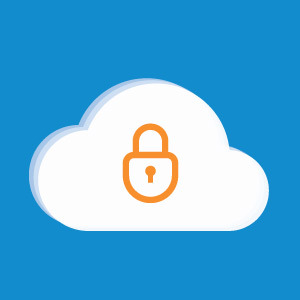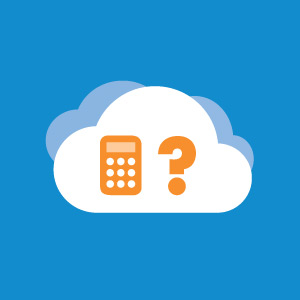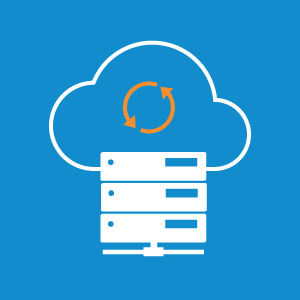Intacct Delivers Security and Peace of Mind to Today’s Financial Teams
For some, making the move away from traditional financial and accounting management systems toward an automated, digital solution can feel like a leap of faith. There’s a level of perceived security in something you can hold in your hands—the paper spreadsheets, for instance—and imagining your data floating out there in the cloud is might make you feel apprehensive. But in reality, cloud-based systems offer more control, security, and peace of mind than any manual system ever could provide. Let’s find out why.
There are Inherent Risks in a Paper-Based System
Consider an environment that depends on paper. Paper invoices, paper expense reports, paper payments, paper-filled drawers and filing cabinets, etc. Offices operating in a paper paradigm are vulnerable to data compromise and loss due to human error, misplacement of files, and even theft. What’s more, the technology they do use may run with sub-optimal environmental and system security measures, including out-of-date software, insufficient redundancy and backup, and weak firewalls.
Related: Stop Relying on Spreadsheets and Luck—There’s a Better Way
Cloud Solutions Offer Outstanding Application Security
It was uncovered at a 2013 Digital CPA Conference that information security is the primary barrier of adoption for starting to use cloud accounting services. Even so, nearly half of survey takers said they were using cloud-enabled business services to some degree in their firms, up from 44% 2012. Fast-forward to 2017, and cloud-based solutions are even more popular, as professionals get the message that the technology is sound and technology vendors are doing their due diligence to keep their customers’ data secure.
As for lingering concerns about web-based data storage, “Cloud-based accounting systems don’t actually store your data in a vapor mist in the sky,” CPA J. Carlton Collins explains in Journal of Accountancy. “Rather your accounting data are stored in world-class data centers with fortified concrete walls, steel doors, retina scans needed for entry, world-class firewalls, state-of-the-art anti-virus technology, continuous backups, and often a mirrored backup of the entire data center.
A Closer Look at Intacct’s Secure Solution
Intacct’s world-class financial management and accounting system is built on the highly reliable Oracle database infrastructure. It includes various security features that help prevent outside attacks as well as unauthorized user and program access into system processes, resources, and data—ensuring optimal safety of your digital assets.
Highlights of Intacct’s Security Features:
- A data center that’s monitored around-the-clock and is equipped with backup power supplies and redundant network components.
- Applications that require 2-step user verification every time a user signs on through an unrecognized device, enforced password changes and automatic session timeouts, and the option to set acceptable user log-in IP ranges.
- System security that’s SSAE 16 SOC1 Type II and PCI DSS Level 1 certified, designed to protect your business via restricted access to production data, hardened networks and firewalls, real-time activity log tracking, automated security scanning and third party white hat penetration testing, and minimum 128-bit encryption for all data transmission.
- Data that’s safeguarded through full daily backups to multiple locations, Continuous backups of transaction data, and secure streaming of transaction data to remote disaster recovery center.
Get full details here.
The Best Cloud Services from the Trusted Team at rinehimerbaker
As an Intacct Partner, we are proud to help growing businesses implement technology that makes it easier to manage their finances in the cloud. If you’re interested in upgrading from QuickBooks to Intacct, don’t miss the informative white paper, Outgrowing QuickBooks – How to Know When It’s Time to Change. Learn more about our services, and get in contact with us for more information.





